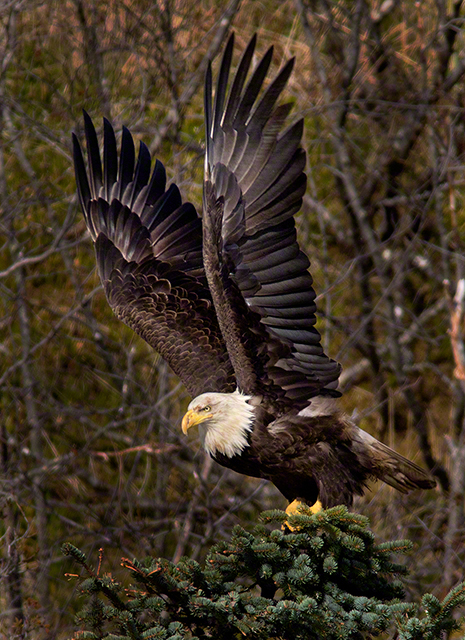
In Tracy Arm, a bald eagle (Haliaeetus leucocephalus) prepares to lift off
National Geographic Expeditions: Alaska’s Inside Passage
Although I’ve worked, cumulatively, for many months in Alaska, I still do not fully know the state; the scale of the territory is pretty much beyond my comprehension. It’s a series of superlatives ranging from the wildlife to the landscape to the people, all of which make it one of my most favorite destinations.
With much excitement I recently headed out for two, back-to-back National Geographic Expeditions to Alaska’s Inside Passage. Over a thousand miles in length, this waterway parallels the western coast of North America, mostly protected from the Pacific Ocean by over 1500 islands. I’ve been in the Passage several times: a story for American Way Magazine aboard a small cruise ship, (American Airlines in-flight magazine-thanks to an assignment from the editor, John Ostdick!); trips on the Alaska Marine Ferry from Bellingham to Haines/Skagway (while working for National Geographic magazine); and a number of flights over the Passage on various other stories.
National Geographic has two ships that regularly travel the Inside Passage: the Sea Bird and the Sea Lion. These are smaller boats, both carrying about 60 guests, and I was aboard the Sea Bird. These smaller ships allow a much more intimate experience for the traveler/photographer, as the ship can get into locations that a larger ship couldn’t fit. Also, the smaller groups allow more time photographing and assimilating the ambience of this incredible place.
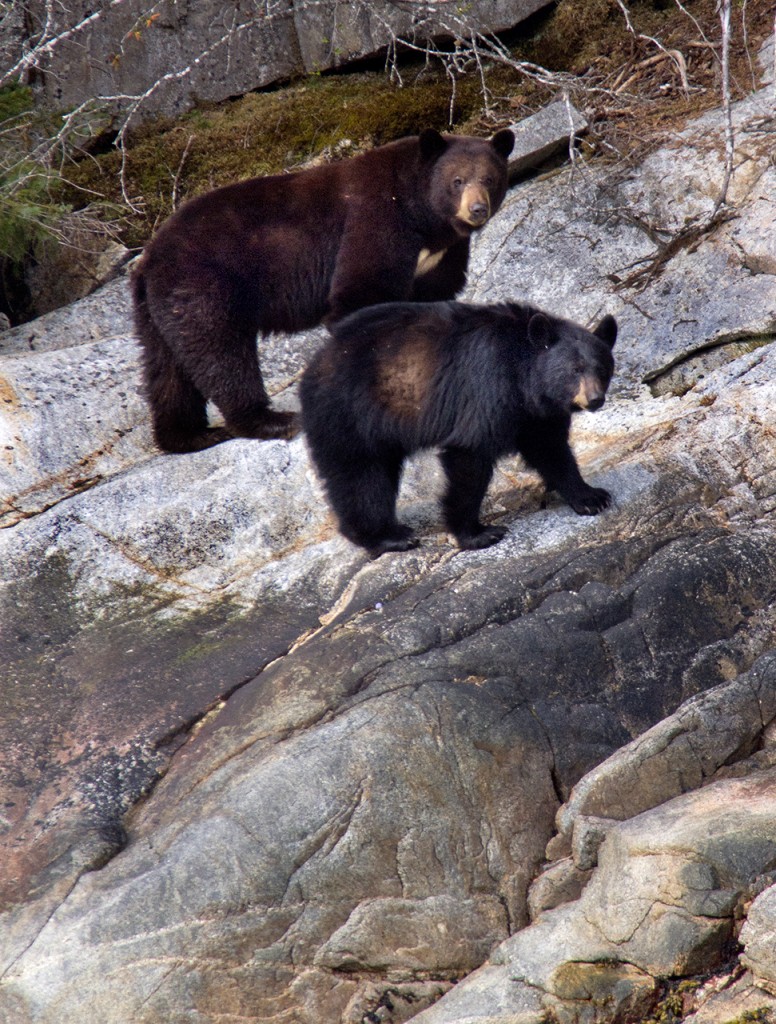
The first of the two Inside Passage trips was a Photographic Expedition, so there were a high percentage of photographers aboard as we left Sitka on the ship’s first Alaskan trip of the season. These trips start in either Sitka or Juneau, with the following trip reversing the just finished Expedition. Departing Sitka had us working our way towards Lake Eva, the Inian Islands, Elfin Cove and George Island. Glacier Bay National Park was next on our schedule and the immensity of this park is staggering. A 60+-mile trip, all within the Park, took us to our northernmost destination, Margerie and Grand Pacific Glaciers.
Days 4 and 5 took us to Iyoukeen Cove, Basket Bay, LeConte Bay and the Alaskan town of Petersburg. Then, we finished trip in Tracy Arm, always on the lookout for whales- and we were not disappointed because they were in abundance. Bears were also just coming out of hibernation, feeding along the water’s edge.
Finishing in Juneau, we took on the next group of travelers that also included another pod of photographers. This was a great way to do the trip, as revisiting several areas allowed me to be “prepared” for those photographic situations. Hope you enjoy the images; I’ve attached information as to what equipment was used.
** If you want a good overview of Alaska and her characters, read John McPhee’s Coming into the Country.
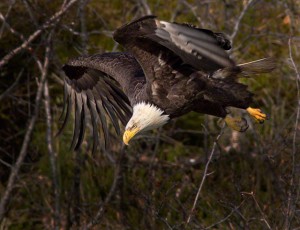
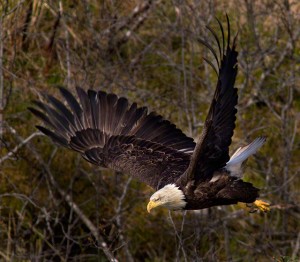 Tracy Arm, a bald eagle takes flight
Tracy Arm, a bald eagle takes flight
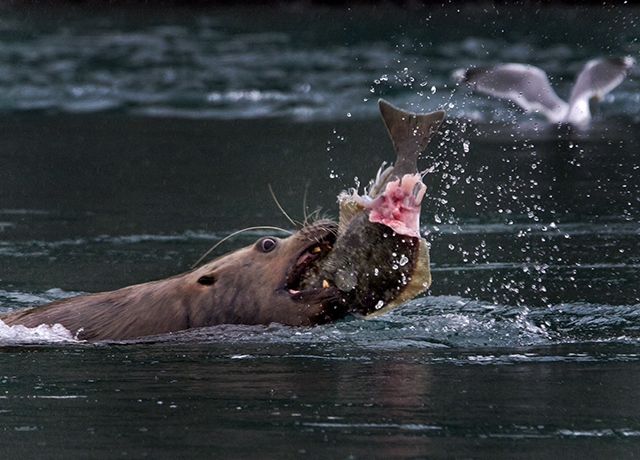
Steller Sea Lion enjoying a lunch of flounder, Inian Islands





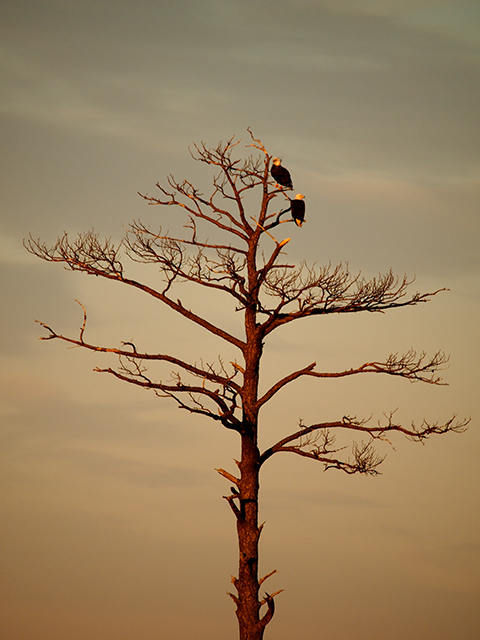
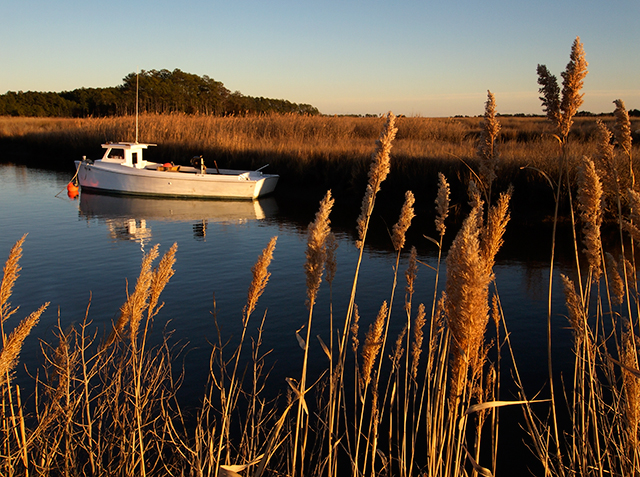
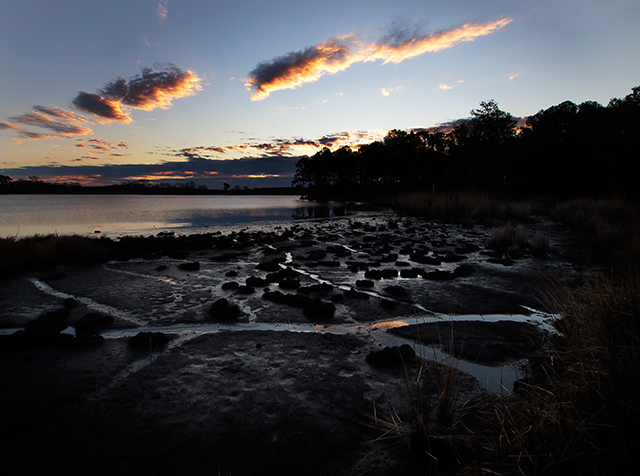
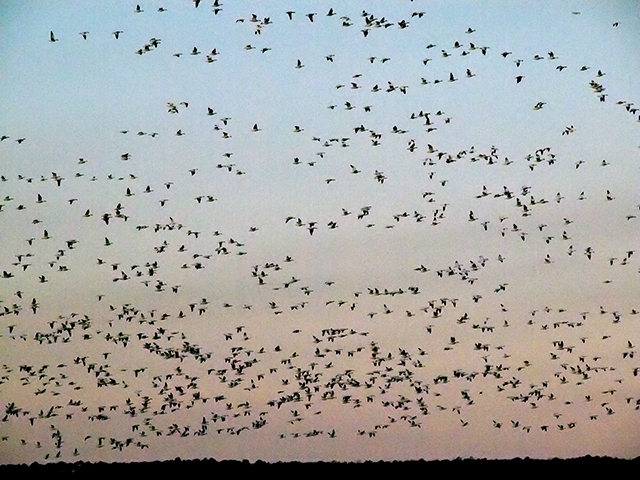
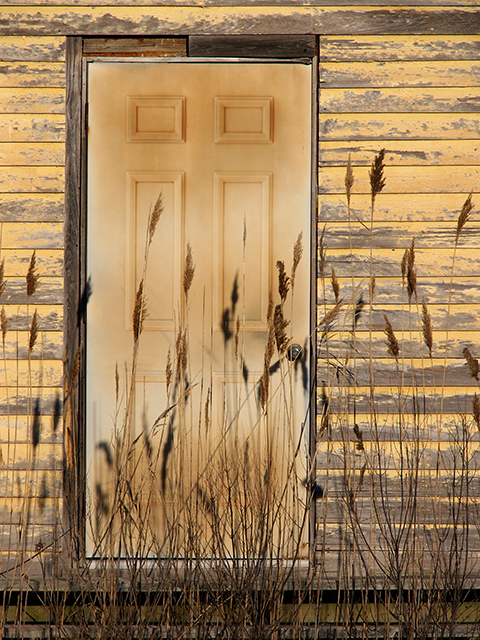
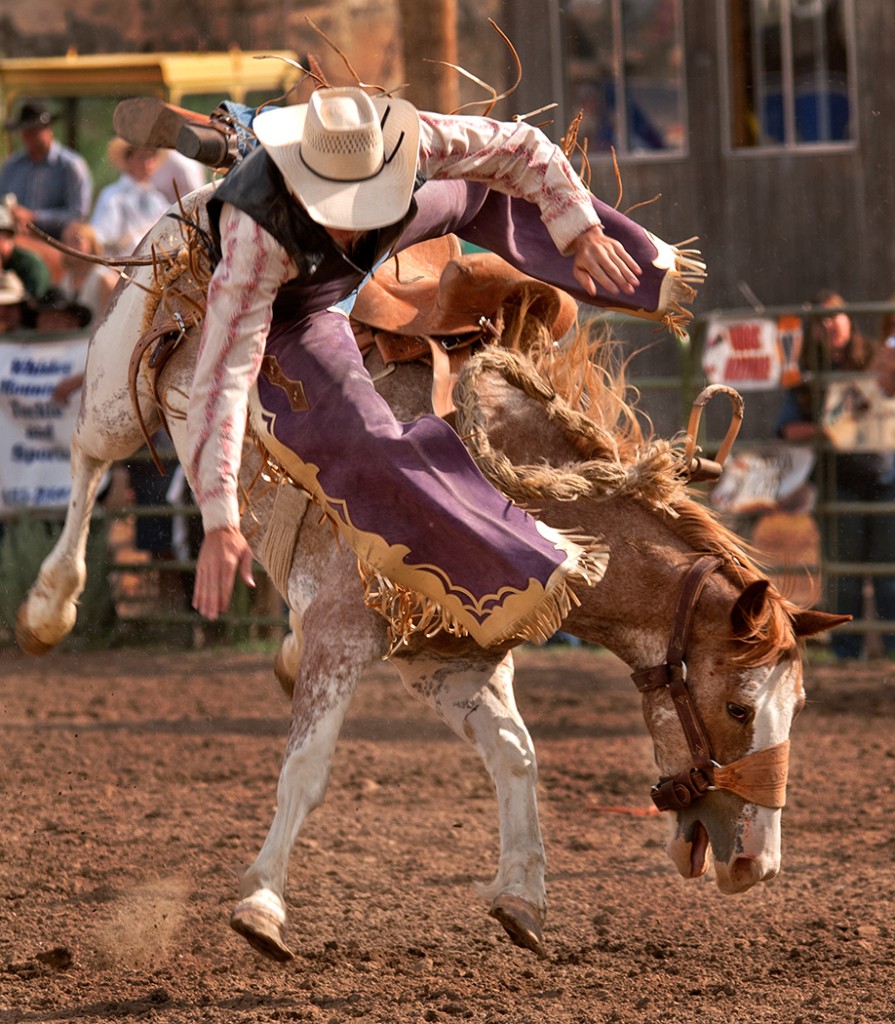
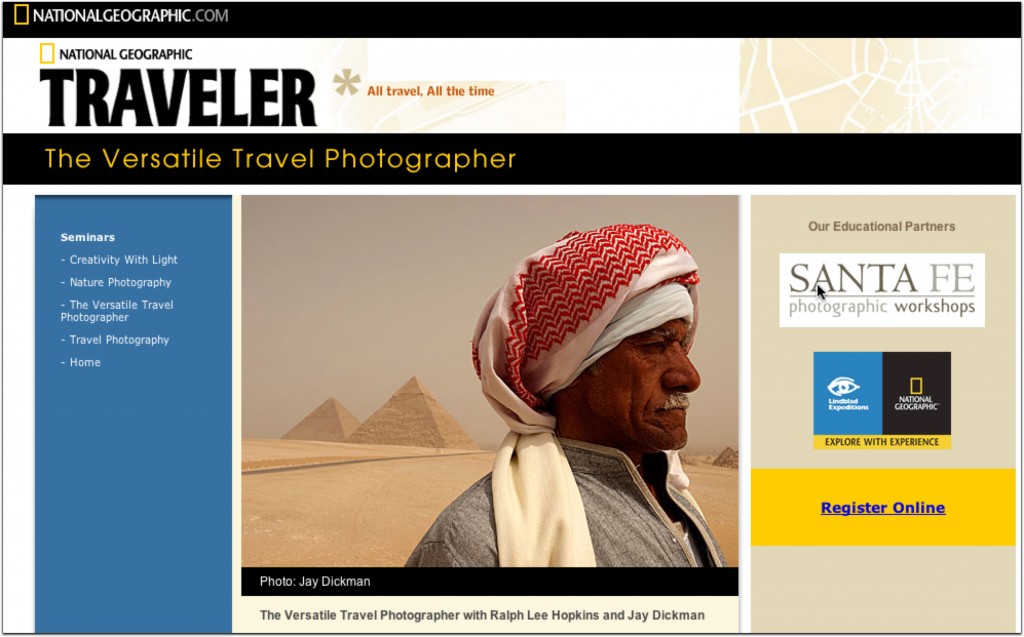
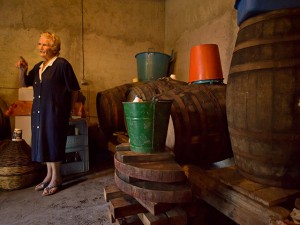
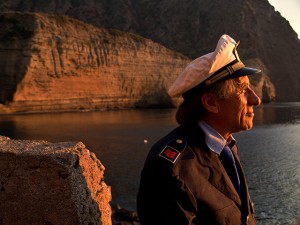
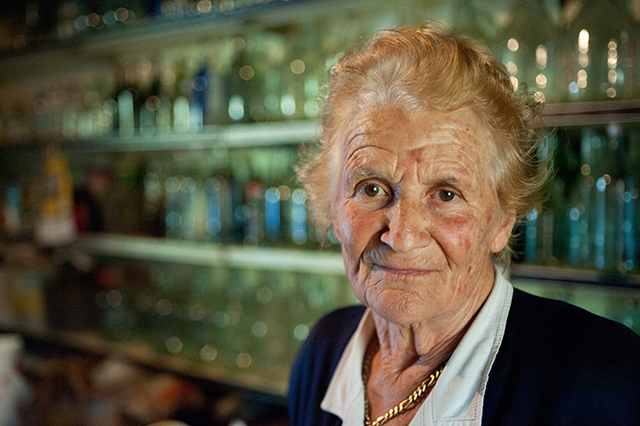
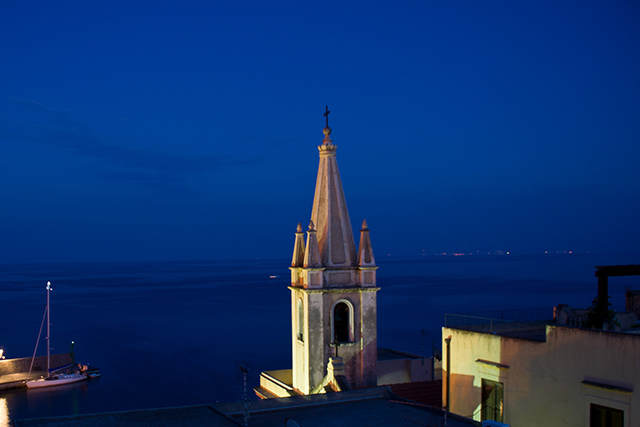
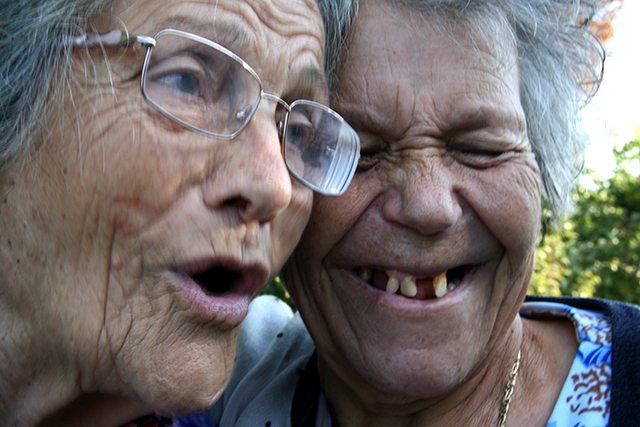
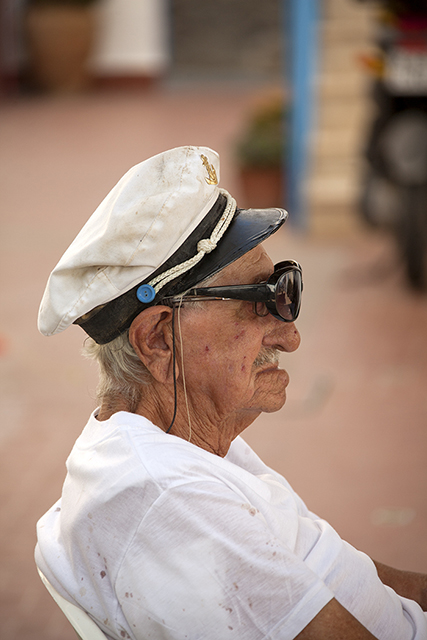
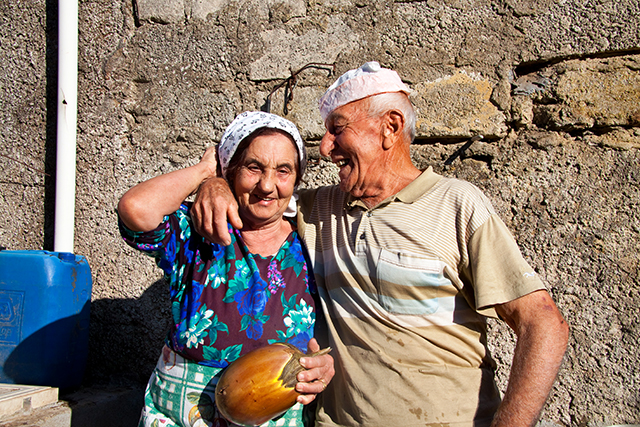
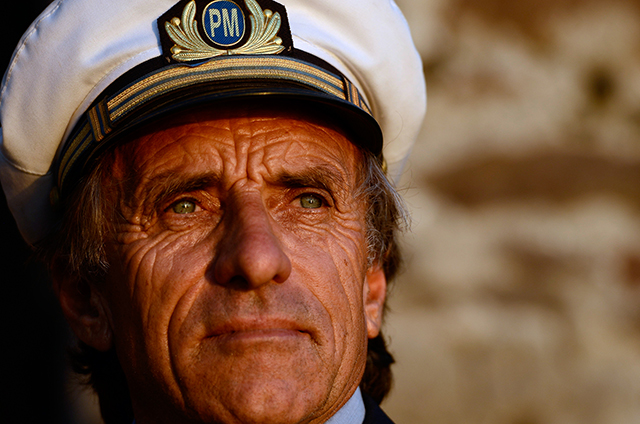
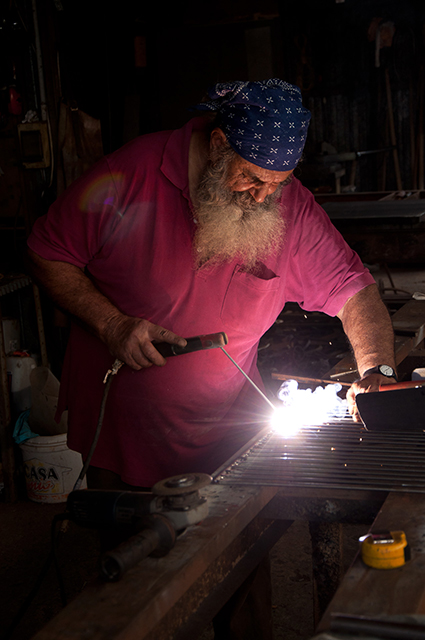
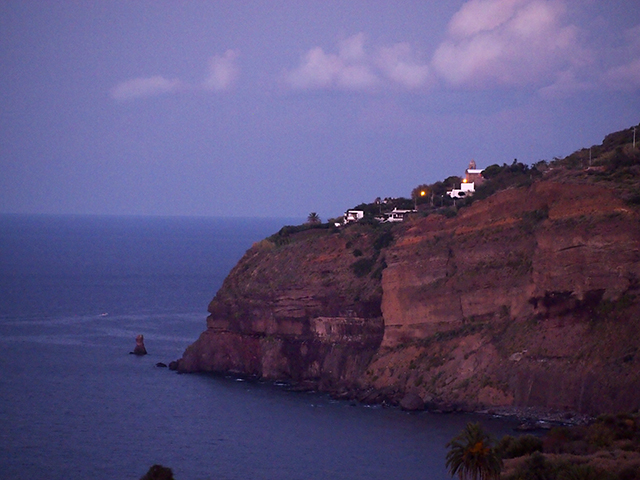
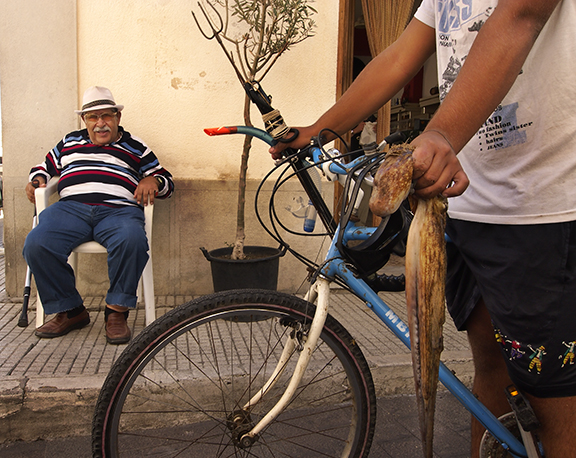
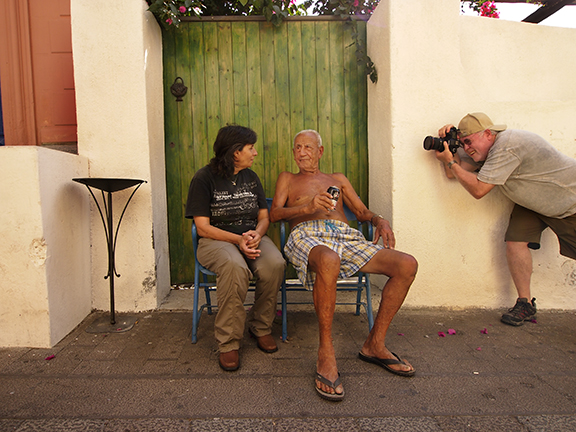

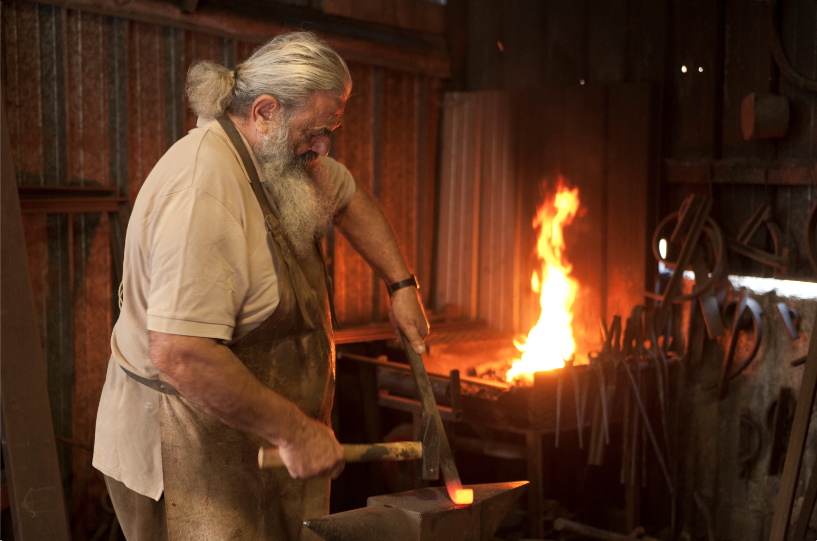
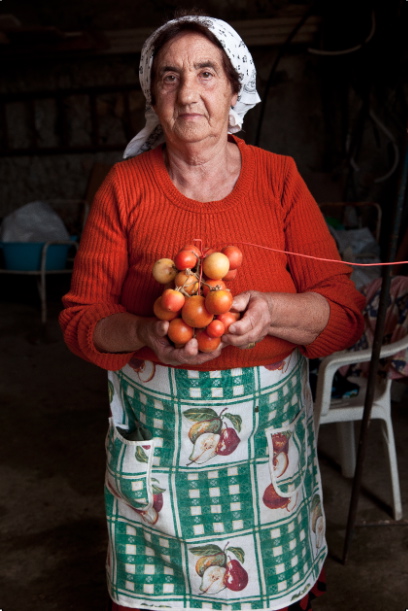
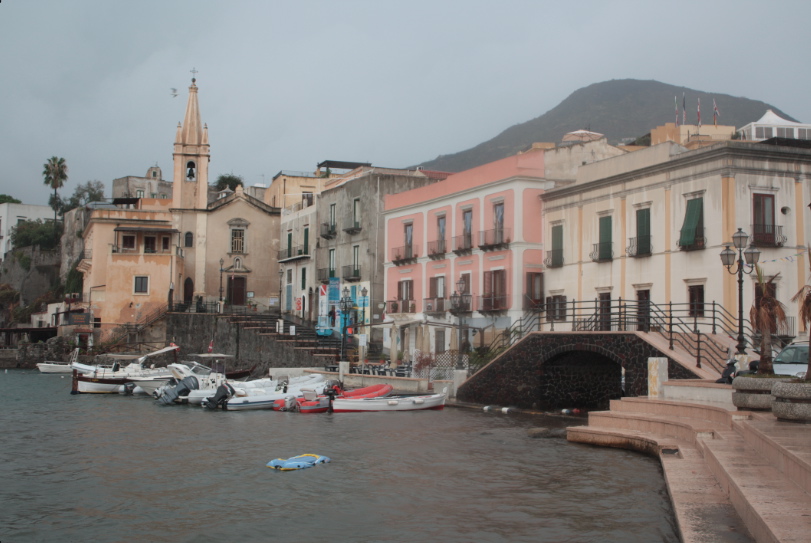
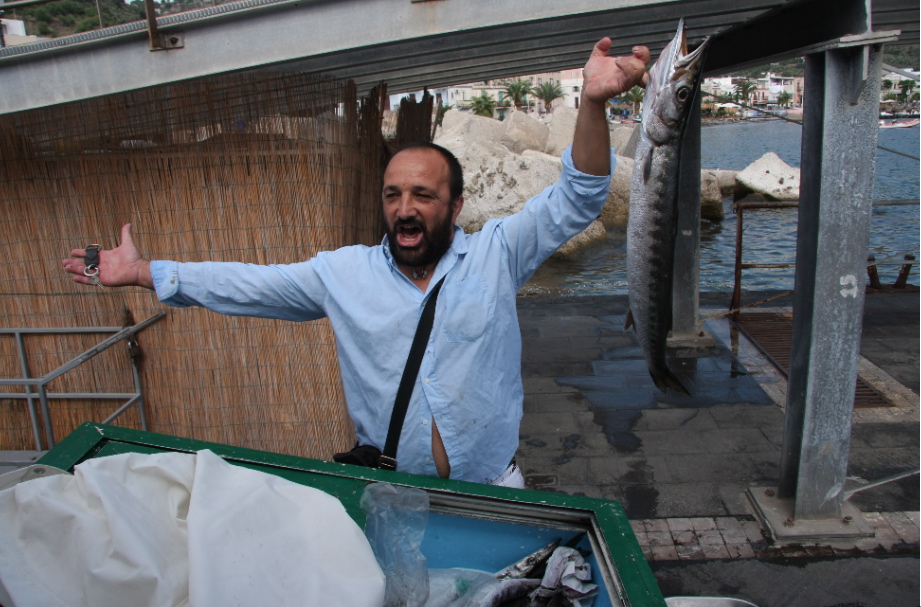
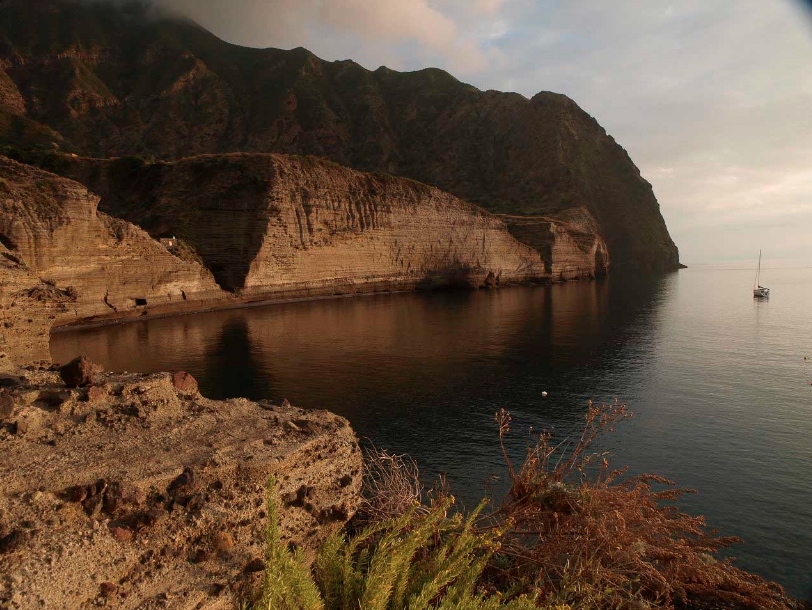
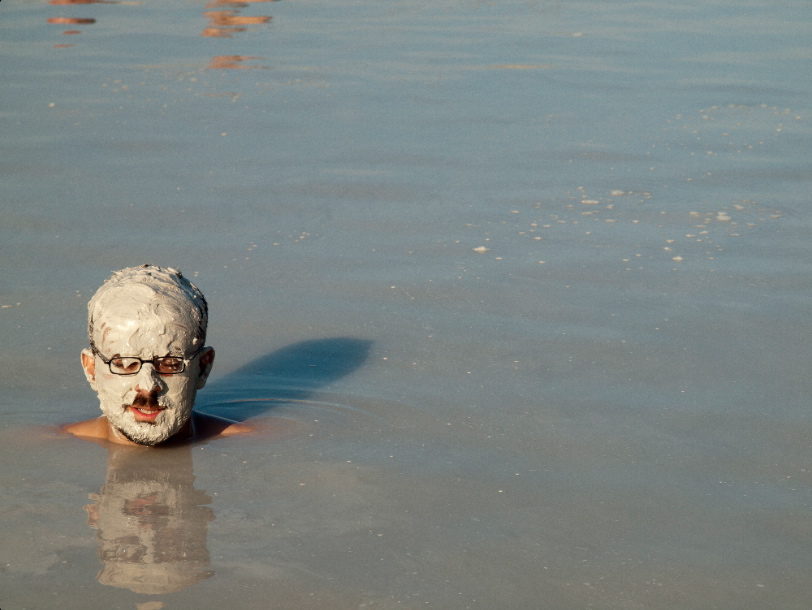
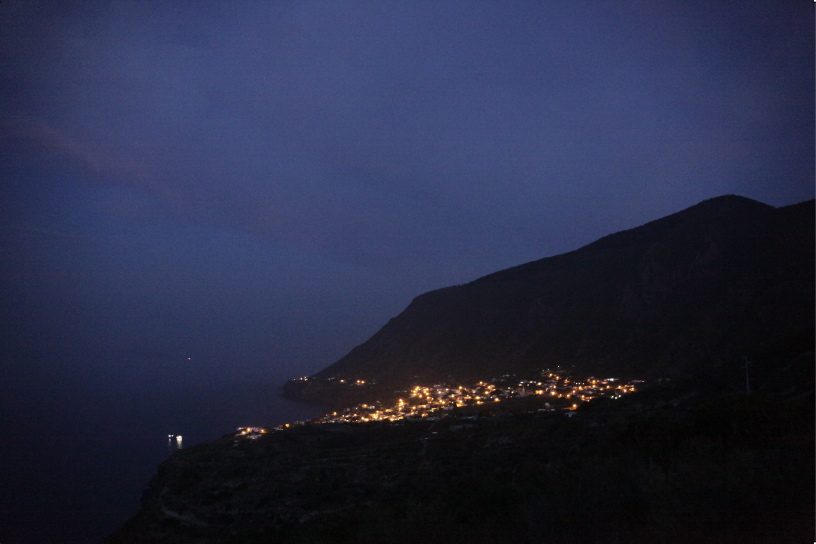
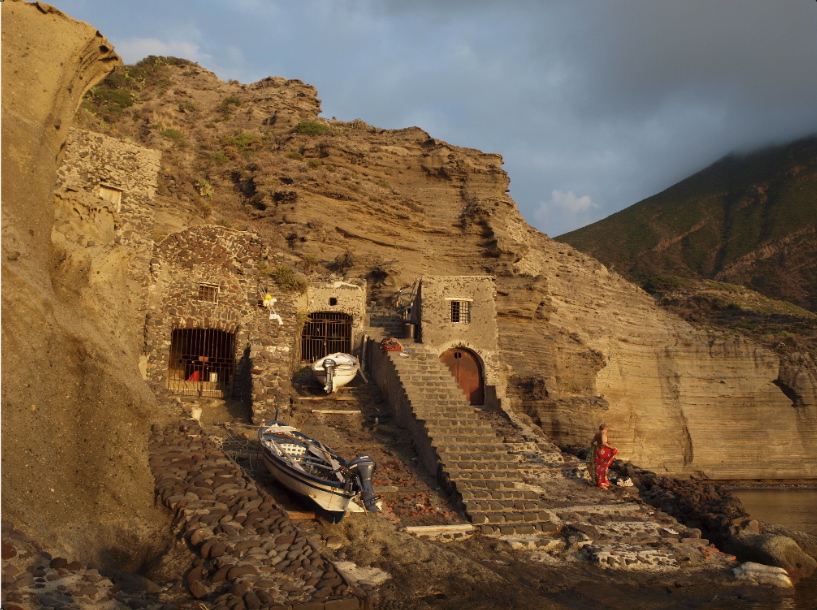
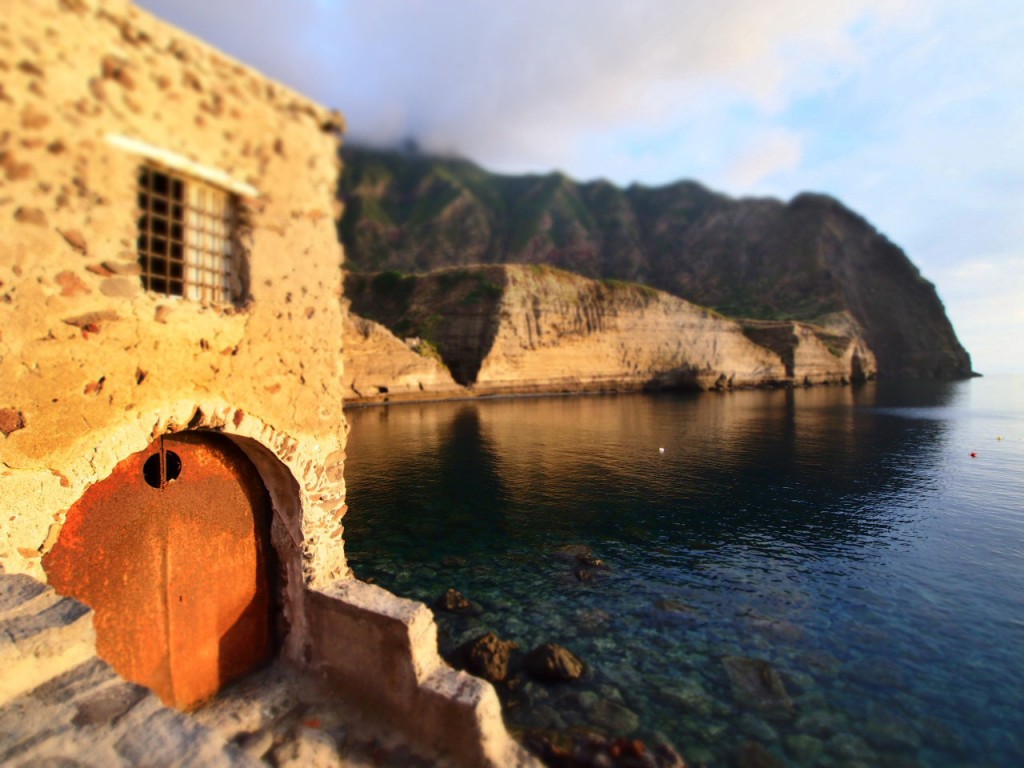
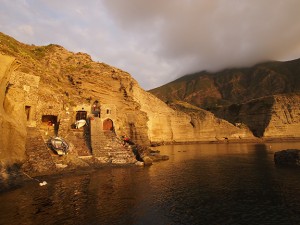
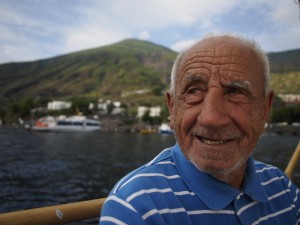
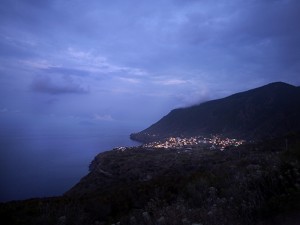
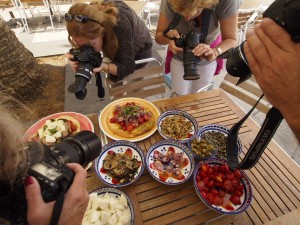
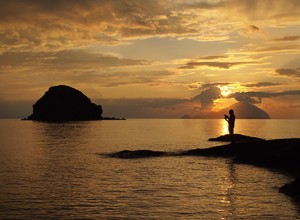
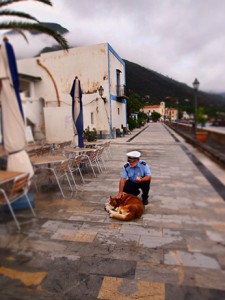
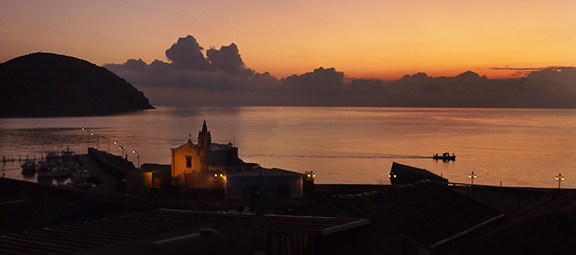
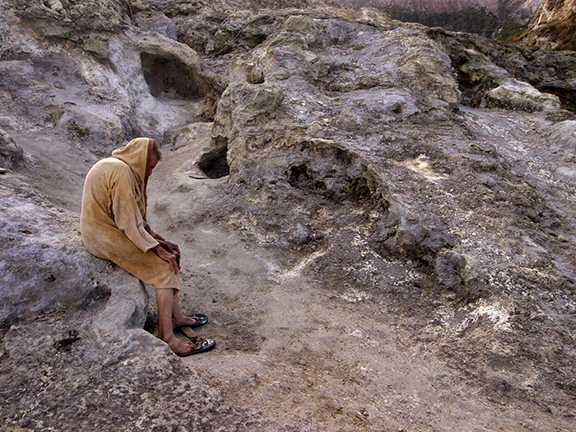
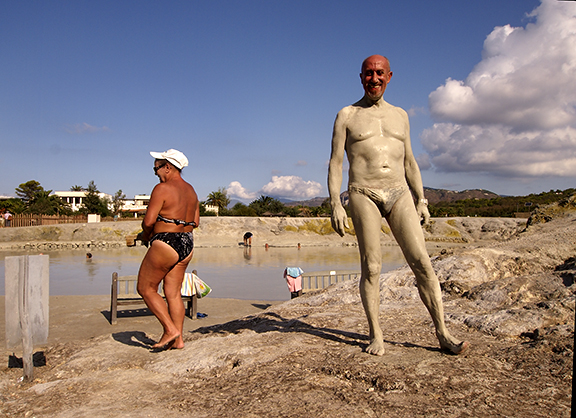
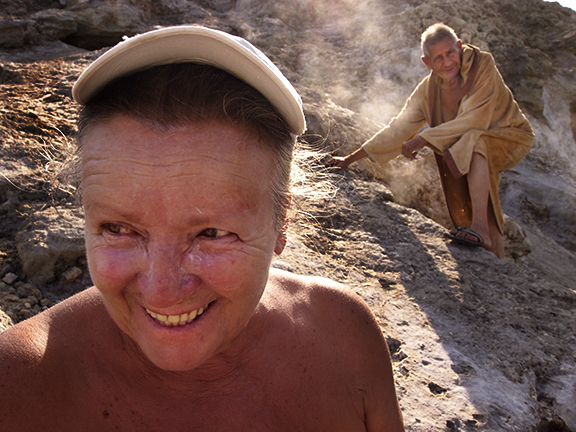
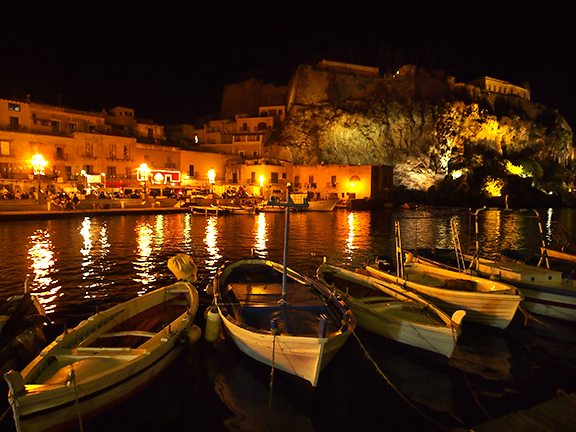



 Tracy Arm, a bald eagle takes flight
Tracy Arm, a bald eagle takes flight 
